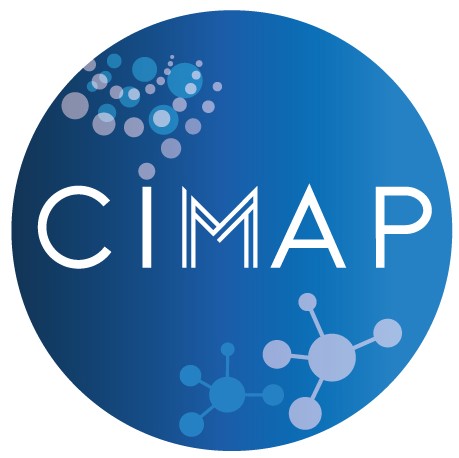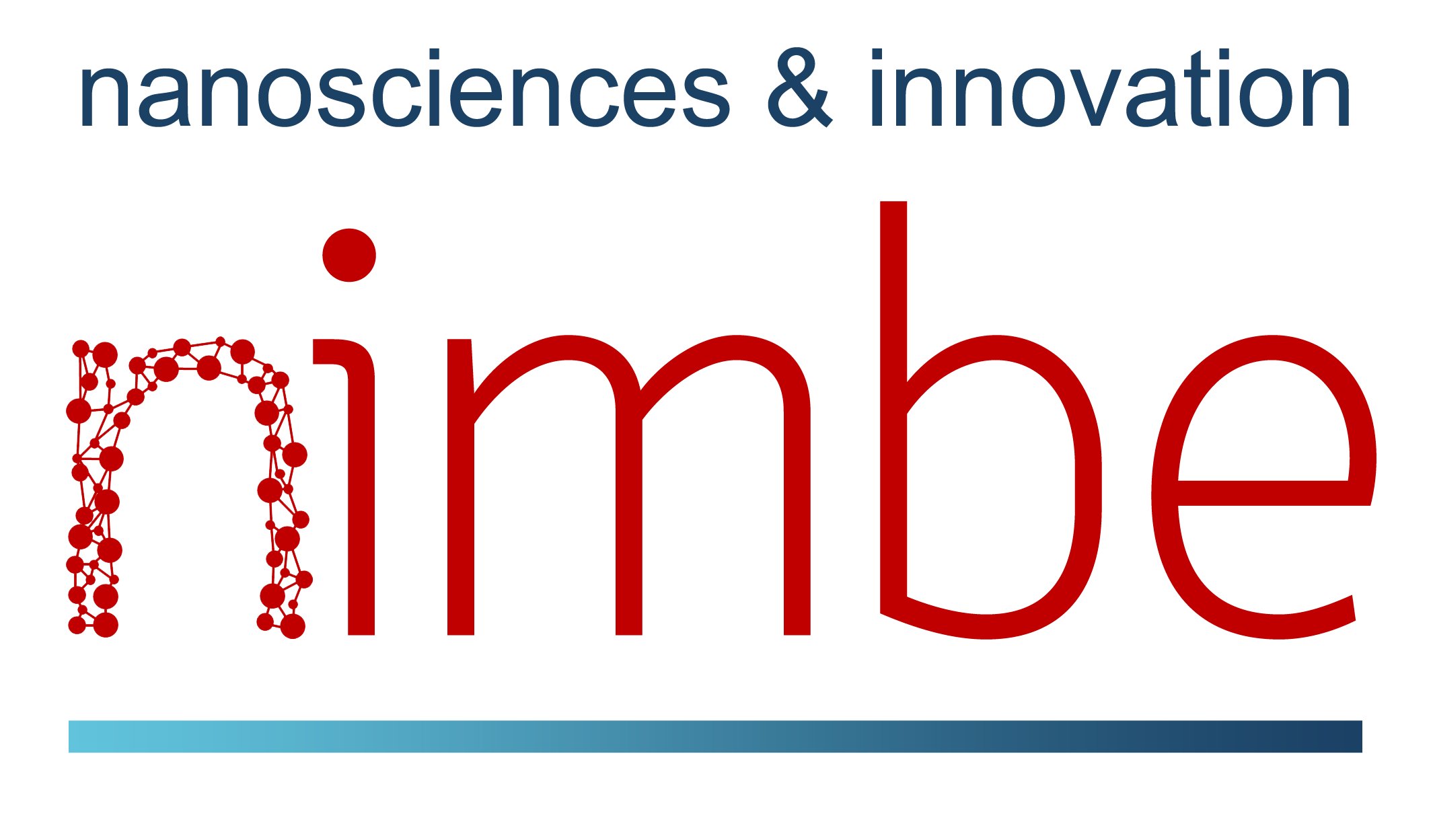Les sujets de thèses
| 1 sujet IRAMIS |
Dernière mise à jour :
Concepts innovants pour l’accélération de particules et l’émission de rayonnement dans l’interaction laser – plasma surdense à ultra-haute intensité
SL-DRF-24-0638
|
Contact : |
Date souhaitée pour le début de la thèse : 01-10-2024
| Contact : |
|
| Directeur de thèse : |
|
Page perso : https://iramis.cea.fr/Phocea/Membres/Annuaire/index.php?uid=rayn
Labo : https://portail.polytechnique.edu/lsi/fr/research/la-recherche-au-lsi
Le travail de thèse proposé vise à explorer théoriquement et numériquement la génération de faisceaux de particules rapides par l'interaction d'impulsions laser ultra-relativistes (supérieure à 10^21 W/cm2) sur des solides denses, en utilisant des cibles structurées ou façonnées. Les caractéristiques de surface induisent des modes électromagnétiques locaux plus intenses que le champ laser. Il sera ainsi étudié les effets non linéaires et relativistes, qui jouent un rôle majeur à ces emplacements particuliers.
Sur la base des travaux déjà réalisés, le nouveau schéma d'accélération des particules sera étendu au régime ultra-relativiste de l'interaction avec le plasma laser. Il pourrait conduire à des sources de lumière et d'électrons synchronisées ultra-courtes révolutionnaires, avec des applications dans l'étude des processus électroniques ultrarapides. Dans ce contexte, cette étude théorique et numérique permettra de suggérer de nouveaux schémas expérimentaux réalisables sur l'installation Apollon et les lasers multi-PW.
Sur la base des travaux déjà réalisés, le nouveau schéma d'accélération des particules sera étendu au régime ultra-relativiste de l'interaction avec le plasma laser. Il pourrait conduire à des sources de lumière et d'électrons synchronisées ultra-courtes révolutionnaires, avec des applications dans l'étude des processus électroniques ultrarapides. Dans ce contexte, cette étude théorique et numérique permettra de suggérer de nouveaux schémas expérimentaux réalisables sur l'installation Apollon et les lasers multi-PW.











